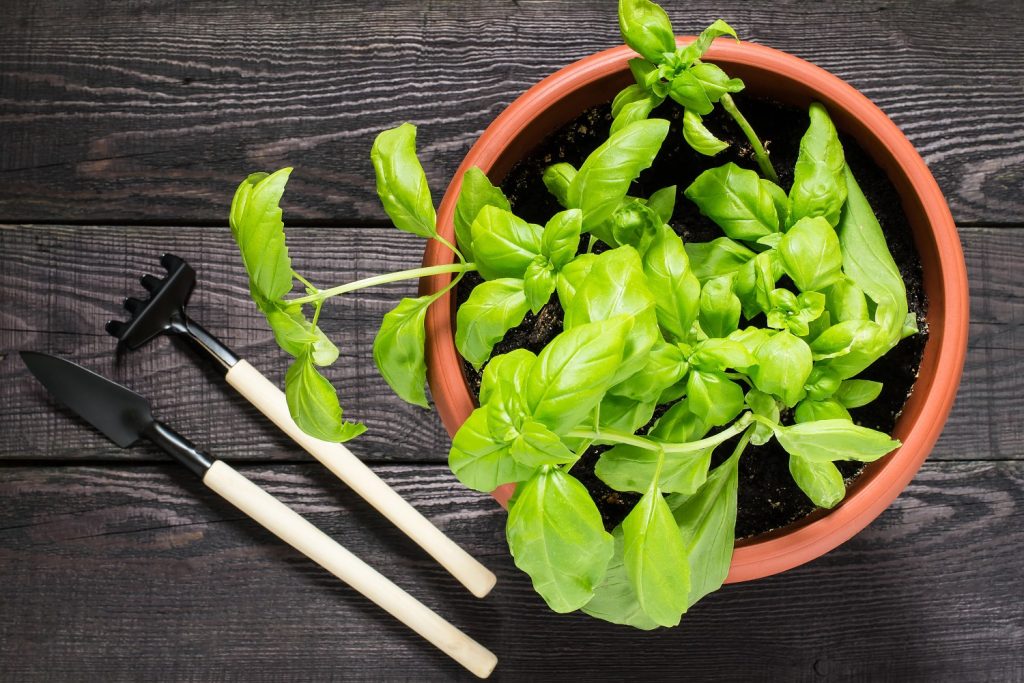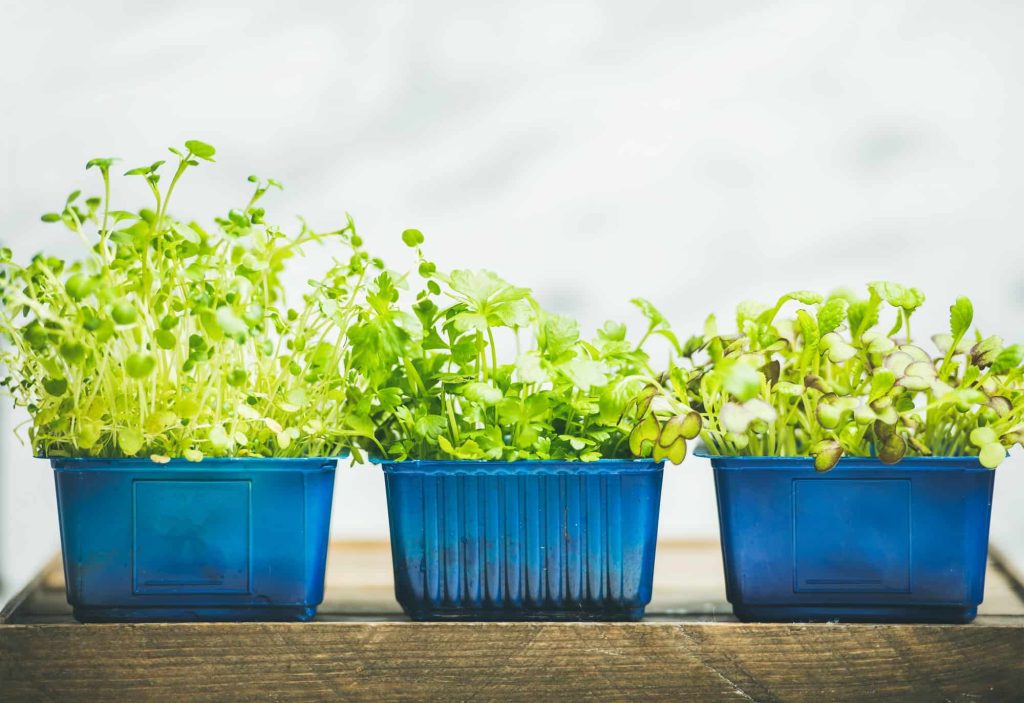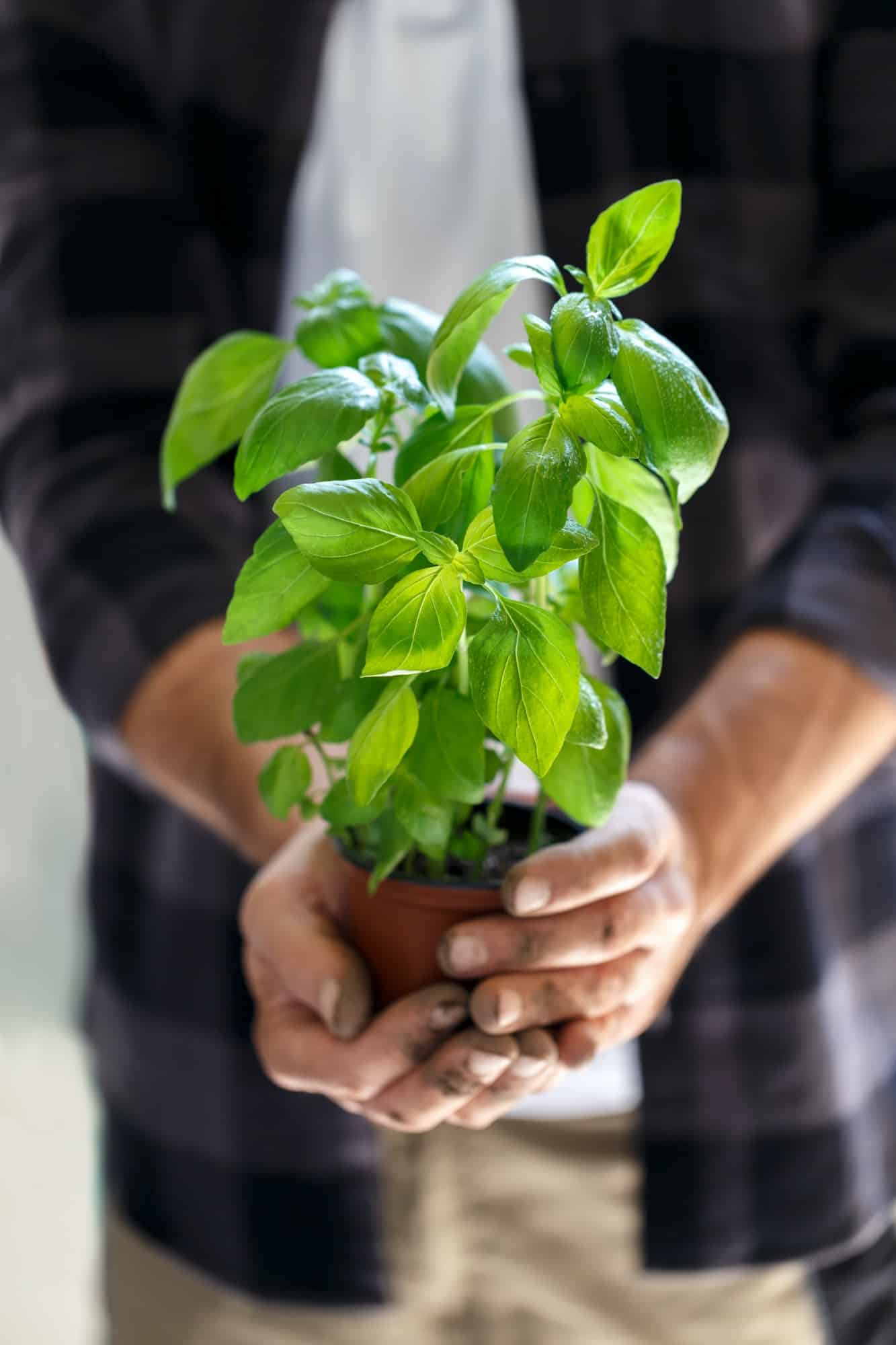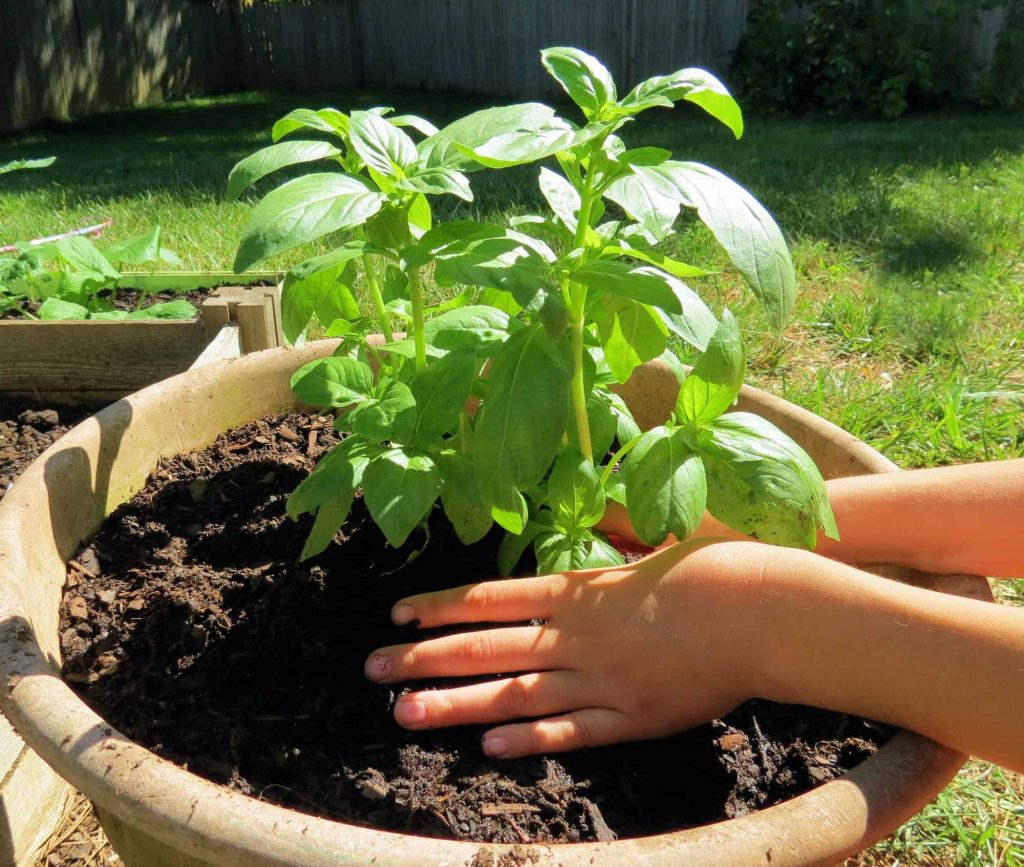Basil is also called great basil and this happens to be one of the most popular herbs worldwide.
This plant plays lots of roles as a companion planting in your garden and it is quite easy to care for. It is a warm-weather plant and only does it look wonderful in your garden but it adds flavor and aroma to many recipes. To get the best of basil, there are contain growing guide that needs to be followed.
When it comes to choosing a herb that is easy to grow and has lots of health benefits, basil is usually at the top of this list. It is important to be familiar with the growing habits of basil as this will make it easy to regrow every year.
Basil is a tender plant, however, gardeners tend to keep basil plants during the summer which brings about the question is basil a perennial?
To have a successful growing season, it is important to understand if each plant is perennial or annual. Basil is one of the easiest herbs to grow but keep in mind that basil is an annual plant, however, read on to properly understand what basil needs to grow.
Annual And Perennial Herbs Explained
What is an annual herb and what is a perennial herb? The growing habit of plants is classified into Annual, perennial, and Biennial. To learn the right way to grow basil or any kind of herb, you need to understand what annual, biennial, and perennial herbs mean.

1. Annual Plants & Herbs
An annual plant germinates, blooms, and sets seeds within one growing season. For some annual herbs, this could occur with a lifecycle of 6 to 8 months.
Annual herbs can have a short or a long lifespan but after they produce seeds, their leaves fruits, and roots tend to die after a year. The seeds they produce can be replanted for another season and once the temperature goes cold, the entire plant, from stem to root dies.
2. Perennial Plants & Herbs
Perennial plants are hardy plants that can survive cold temperatures. These plants can live for many growing seasons which is unlike annual plants.
Perennial herbs can live for more than 2 years as they are likely to continue to grow as long as you continue to care for them or die when they reach maturity. The maturity period of each perennial herb is different. Common perennial plants include sage, bee balm, lemon balm, chives, thyme, and mint.

3. Biennial Plants & Herbs
Biennial plants are simply that grow leaves, stems, and roots the first year and go dormant the next year. Biennial herbs often complete their lifecycle within two years generally in a temperate climate. Note that herbs are either classified as perennial or annual but not biennial.
Is Basil A Perennial?
Basil is not a perennial herb, rather it is annual. Although basil is known is to survive better during the summer but they won’t survive the temperature between winter and fall. There are basically different types of basil and a vigorous one is likely to reseed itself if left to flower.
Generally, basils are herbs that grow from seed to flower and die within their growing season, however, they are discovered to thrive as perennials in warmer climates.
Self-reseeding basil is not reliable either hence basil is concluded to be annual or perennial depending on the region you live in climate and temperature. To find out if your basil is annual or perennial in your region, just wait and see if it reseeds itself and it does that then it can be cared for like a perennial but if it doesn’t then you should buy new basil seeds.
Everyone growing basil often wonders about its lifespan. Basil is generally an annual plant but they sometimes survive more than two years. You can definitely grow basil through winter but you need to keep it out of direct sunlight and there are certain growing conditions you have to meet. Indoor basil is easy to grow as well.
How to Grow Basil The Right Way
While we agree basil is easy to grow, there are still certain growing methods you need to meet. There is nothing as exciting as having your own basil garden and this herb can be used to add flavor to practically any dish. There are several varieties to grow but sweet basil happens to be the common one. If you are up to adding this sweet hern to your garden. Basil is a tender annual hence it needs to care for the right way.
1. How To Plant Basil
The first stage of any plant is how to plant. Basil is very sensitive to cold hence they are best planted in containers and the seed should be started indoors.
Place it in well-drained soil and have it positioned in a sunny window and if you start this herb indoors, heating cables help keep them warm since they don’t take kindly to cold. If you are planting in a larger garden with other plants, make tomatoes its companion plant.
Basil germinates quickly when sown from seed. Sow when planting from seed, plant in about six weeks from the last frost. Space the seeds according to the label recommendation. Wait till the sun is warm before planting outside to avoid fungal diseases that it is prone to.
You can also cut some end shoot of the herb and have it rooted in water, once a healthy root system is established, transplant it directly into the garden or container. Avoid overcrowding your basil.
2. Right Way To Cultivate Basil
After selecting the right container and planting your basil, you need to learn the right way to cultivate it.
Outdoor basils need protection from outdoor wind and sun. Basil plant thrives in well-drained soil and it will grow best in a location with natural light of up to 6 hours. A neutral pH level and compost to the soil at the beginning of the growing season will do just fine as basil can lose its flavor if the soil is too rich.
It will be best to have it facing the east as it receives less scorching sun during the day, it benefits most from afternoon shade. Basil needs ample water to grow so water it as soon as it looks dry to the touch and water it at the root, not the leaves. Basil also makes great companion plants don’t hesitate to plant with other herbs and plants of similar growing conditions.

3. How To Harvest Basil
The final stage of any plant is the harvest and luckily, basil is a pick-and-go kind of herb. With the right planting method, you are sure to get an abundance of basil herbs at your hand. To pick basil and not kill it, harvest it before the plant flowers.
Snip up the stem just above a pair of leaves and new shoots are sure to grow from each stem. Regular clipping from the base of the plant will encourage a more rounded lanky plant.
What should I plant next to basil?
Companion planting is a gardening method that has been used by gardeners and farmers.
It involves planting certain plants near each other that can lead to enhanced growth and quality of the crops. After choosing and planting your basil the right way, below are some of the best plants to grow near it.
- Tomatoes
- Borage
- Root vegetables
- Chamomile
- Peppers
- Marigold
- Chives and oregano.
Final Thoughts
Basil is a widely used herb and it can be beneficial in your garden as well. The best way to store basil and have them used fresh is in the fridge, it can be stored for three days or stand out ready to use stems in water. If you did plant fresh basil, you can have it chopped and store it for up to 5 months.
In addition, make planting basil easy for you by cutting the entire plant off at ground level when harvesting, you can easily pick the leaves.

